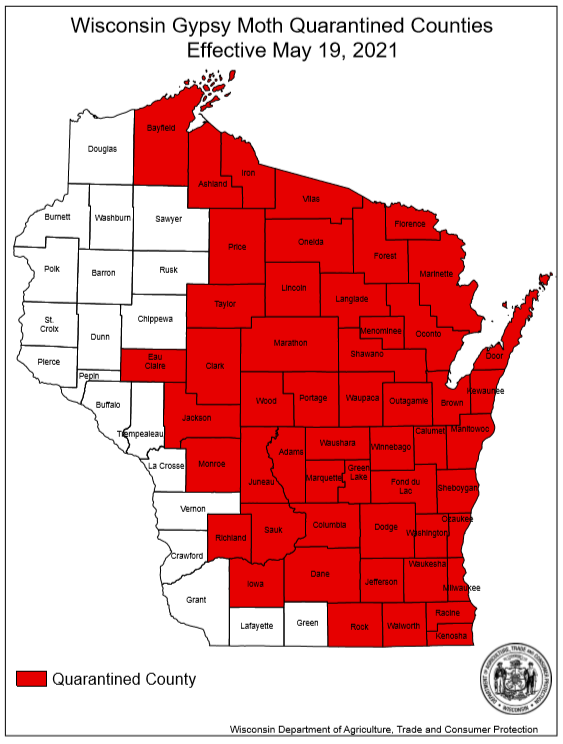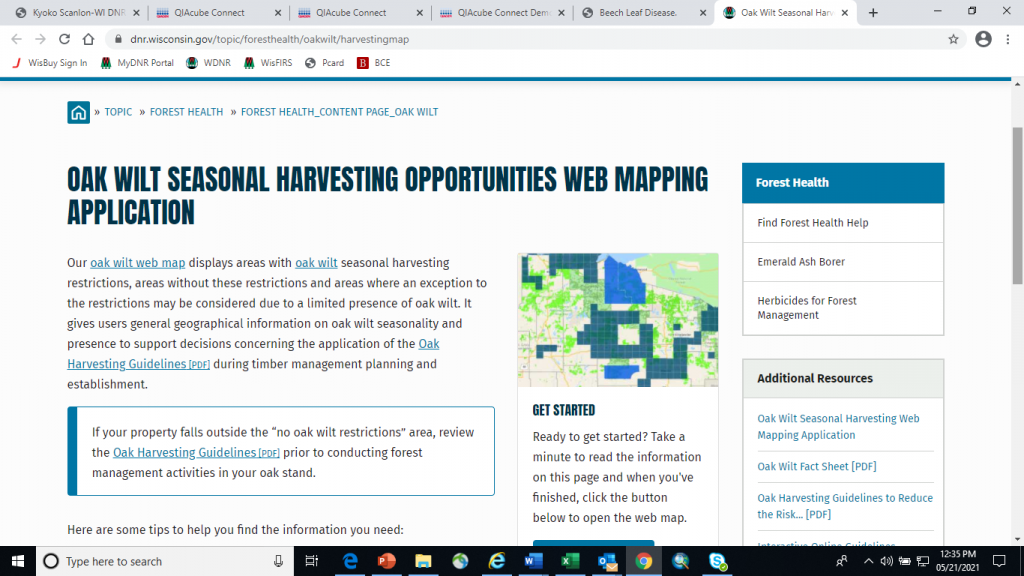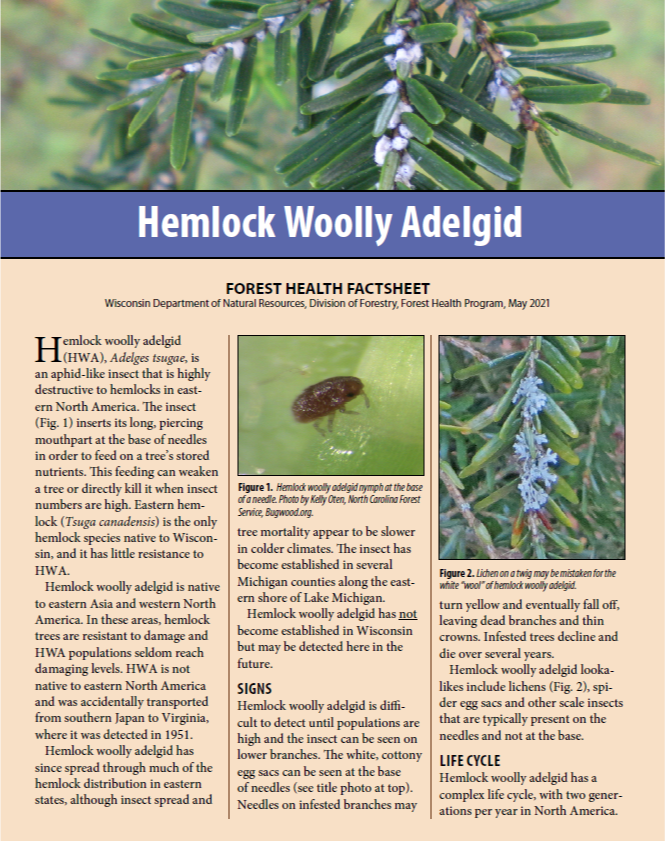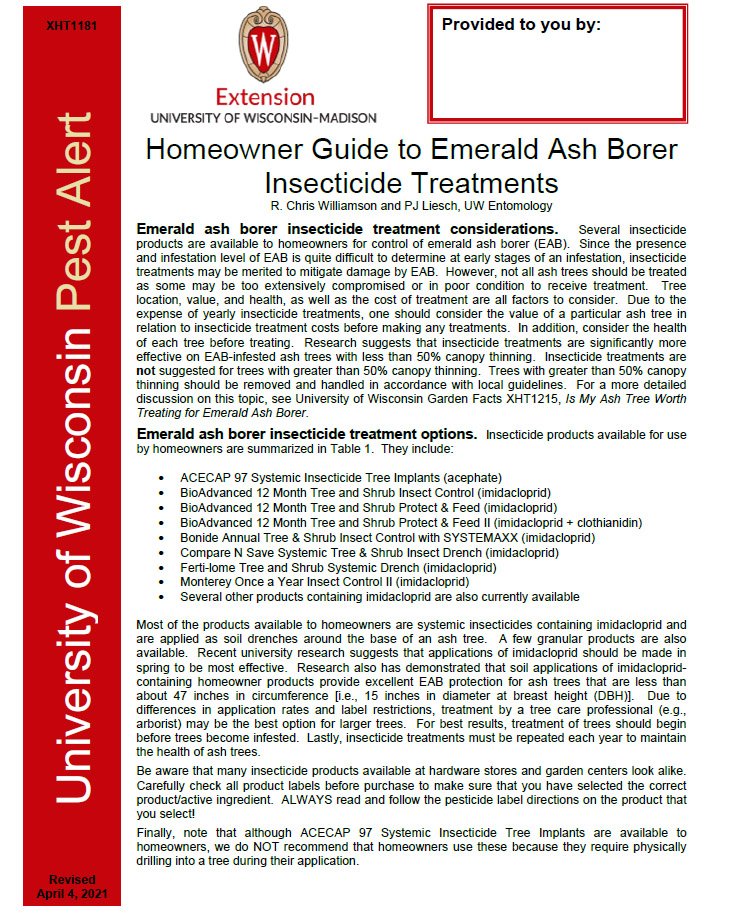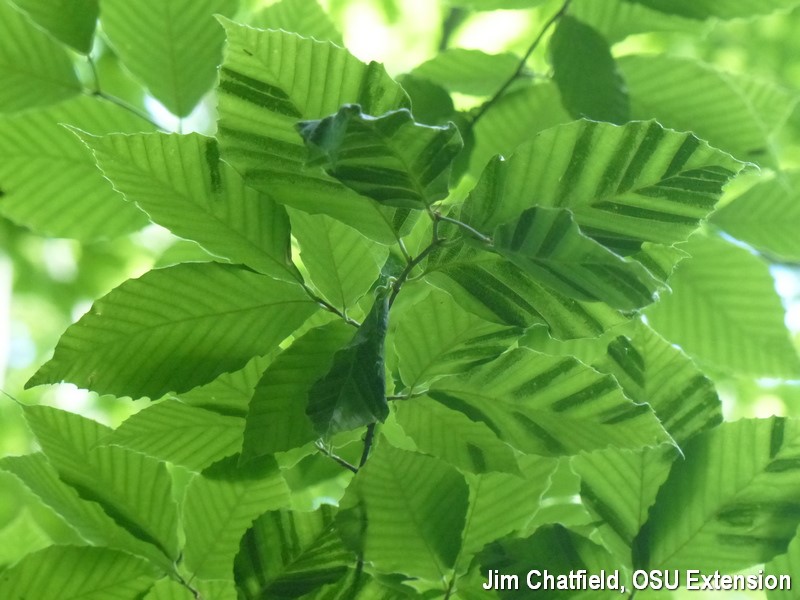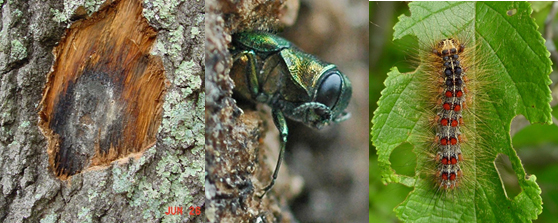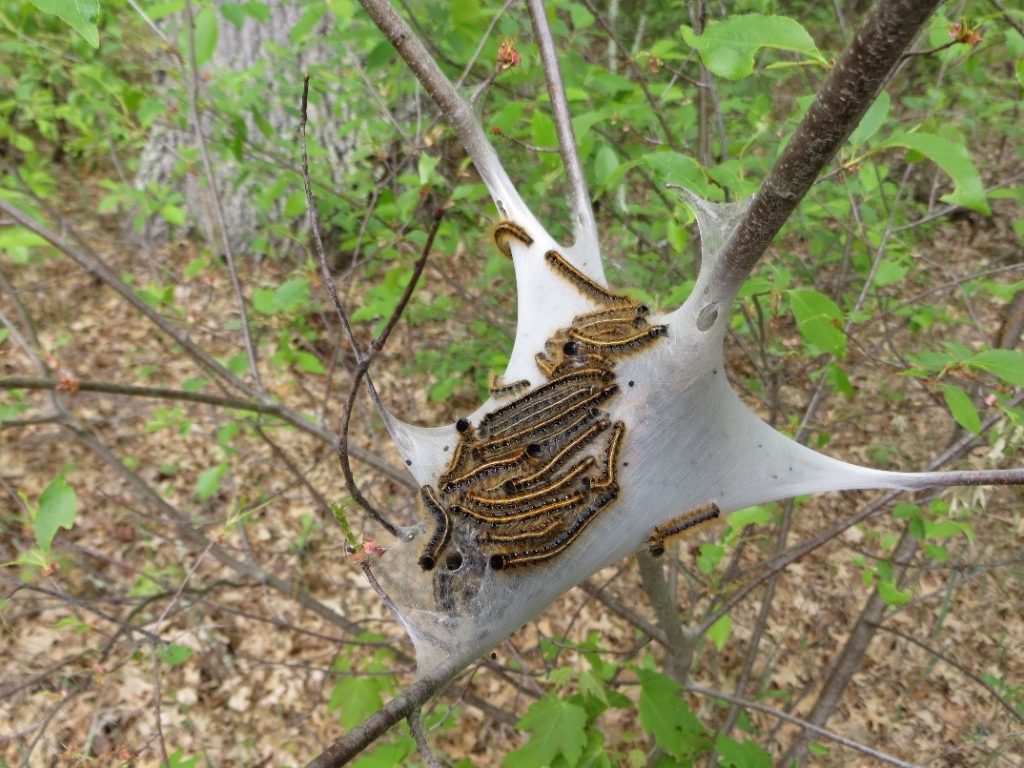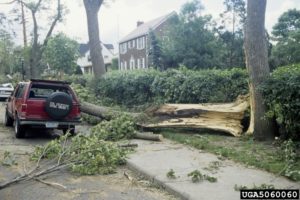
Credit: Joseph O’Brien, USDA Forest Service, Bugwood.org
The emerald ash borer (EAB) will kill nearly all of Wisconsin’s ash trees that are not protected by insecticides. To help the public understand why it’s important to act against EAB, the DNR created a publication aimed at homeowners that addresses the dangers and costs of infested ash trees. Urban forestry professionals may wish to share this flyer with those who ask questions on these topics.
The key message of the publication is this: It’s crucial to decide ASAP whether to protect your ash trees with insecticides or have them removed. Either way, time is of the essence. If you delay in treating your ash trees, the treatment may be less effective. And if you wait to remove them, removal costs will be greater and safety hazards will only get worse.
Continue reading “The Dangers And Costs Of Infested Ash Trees”

